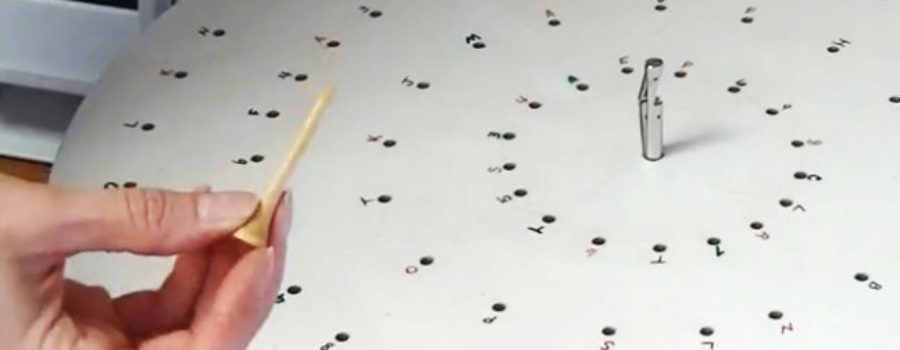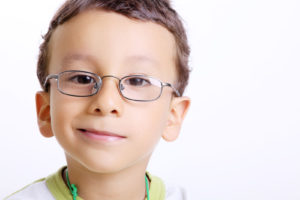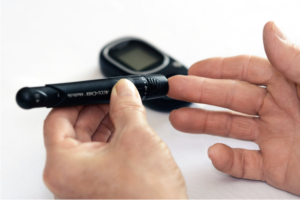What is this?
This is called a pegboard rotator. At Washington Vision Therapy Center we use this instrument to help patients learn to better control how they move their eyes. If we’re helping your child, we’ll give her some golf tees. As the pegboard spins, we’ll ask her to put the tees into particular holes – whether they’re correlated to numbers and letters, or perhaps following a design that’s drawn out on the pegboard.
As she tries to accomplish this task, her brain and her eyes will have to focus on certain holes and follow their movement. For patients with visual disorders, this can be a little tricky at first. With time and practice, however, patients’ visual abilities increase greatly with practices like this. Their brains learn how to multitask, focusing on the objective while also looking at the board, and they also develop important skills of dynamic eye-tracking.
Often times we’ll start by having the patient perform this procedure with one eye covered up. As monocular (“one-eyed”) skills increase, the time will come to focus on good binocular skills and teach the eyes to work together. At both of these stages, we gradually increase the rate at which the pegboard spins, encouraging the brain to develop better visual tracking.
This method and others like it enable patients to read better, have more coordination in sports, and perform many other similar activities that require good visual tracking.
Still want to know more? Here’s a video you might enjoy:




